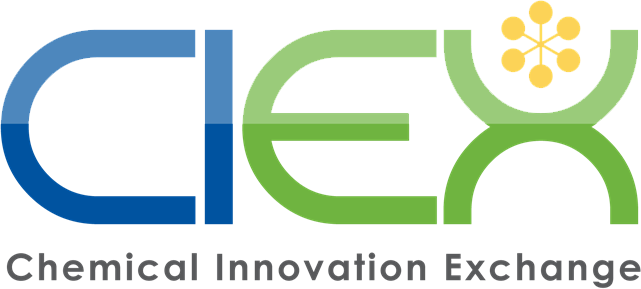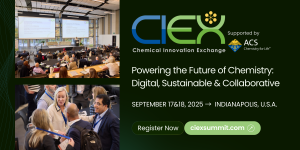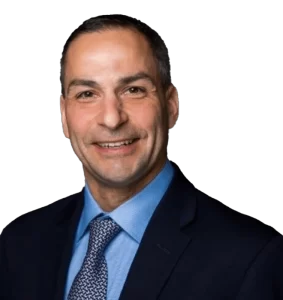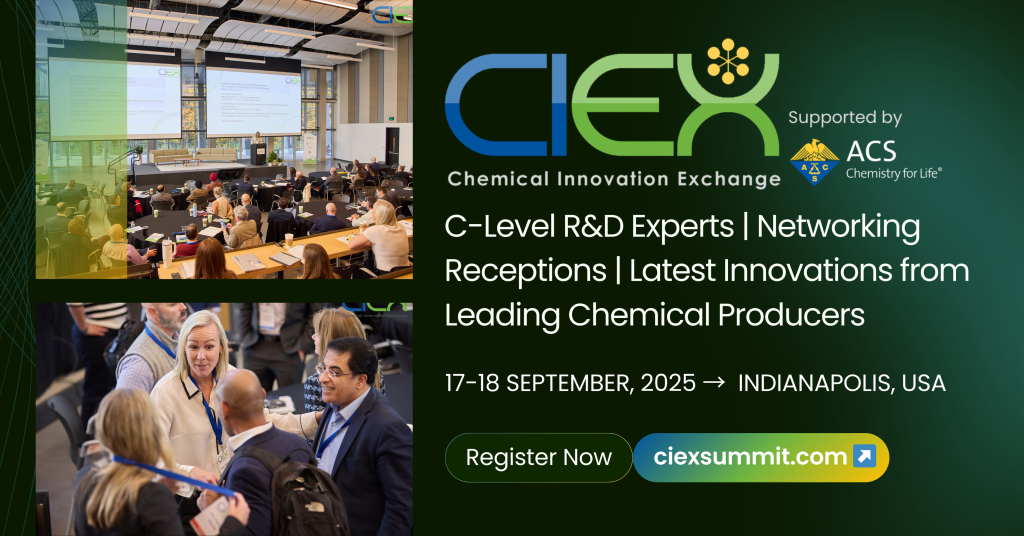Sustainability as Strategy: How PPG Powers Growth Through Chemical Innovation
Editor’s Note: Peter Votruba-Drzal is Vice President of Global Sustainability at PPG, where he drives innovation and sustainable growth across multiple markets. Peter will speak at CIEX 2025, held on September 17–18 in Indianapolis, U.S.A., alongside leaders from Dow, 3M, BASF, DuPont, and more. Below is a preview of the insights he’ll share at the summit.

Peter Votruba-Drzal, VP Global Sustainability, PPG
CIEX: Without giving too much away – what is the core message of your talk and what would you like delegates to remember?
Peter: From supporting communities where we live and work, to developing products and processes that help mitigate environmental impacts and solve our customers’ biggest challenges, PPG’s sustainability commitments contribute to the positive impact we achieve through our purpose and are a key enabler of achieving our growth strategy.
The most important takeaway for attendees is how critical it is to leverage sustainability as a strategic imperative and business growth driver. We always say that we don’t have a sustainability strategy – we have a business strategy rooted in sustainability and productivity-driving operational excellence for PPG and our customers. Now more than ever, it’s important to collaborate with customers and suppliers to create value through sustainability.
CIEX: What motivates you to join CIEX this year?
Peter: I feel passionate about the need to collaborate across the value chain to drive meaningful change and work toward collective sustainability targets that are good for business. At PPG, we believe in partnering with a variety of public and private entities to advance technologies and capabilities that create sustainable benefits for existing and future products and services. CIEX provides a venue to foster learning and collaboration.
CIEX: In what ways have emerging technologies most significantly transformed your R&D process over the past few years – and what impact has this had on speed to market?
Peter: At PPG, we aim to be our customers’ first choice partner for innovative paints, coatings and specialty products. Products that provide productivity and sustainable advantages for our customers are instrumental to our growth.
We define sustainably advantaged products using PPG’s internal methodology that validates product attributes and their contribution towards the United Nations Sustainable Development Goals. While many of our products have sustainable attributes in their end-use that promote longevity of customer assets, we consider products sustainably advantaged when they contribute to improved environmental outcomes or provide relative improvements over industry benchmarks. PPG’s internal methodology of sustainably advantaged assessment is utilized not only for existing products but also throughout the new product development process. This development methodology alongside market pull has transformed value creation in the products we develop.
Machine learning is another technology that has begun to transform our research and development (R&D processes. Routine laboratory tasks like color development, formula cost reduction, and accelerated weathering testing are all examples where machine learning is increasing the speed of our development and allowing our R&D resources to shift to more value creation activities.
CIEX: What are the biggest challenges – and best practices- you’ve seen in scaling innovation from lab to market while staying aligned with business objectives?
Peter: In PPG’s markets, it is common that an invention in chemistry or formulation is needed to meet the market performance requirements. In those cases, speed to market can be a challenge due to the discovery cycle. Utilizing a framework of product and technology roadmaps can provide the enterprise clarity on future technology needs. Investment in our teams’ capabilities enables the development of intellectual property, platform development of enabling technology, and internal expertise ahead of the needs within the product development organization.
CIEX: Open innovation, customer responsiveness, and integrated supply chains are gaining traction. What partnerships or collaborations have been most impactful in driving sustainable growth for your business?
Peter: Partnerships with suppliers and applicators have been most impactful for PPG. Leveraging strategic suppliers to develop customized raw materials accelerates product development by leveraging the strengths and capabilities of the supply base for innovative solutions. Partnerships and pilot trials with applicators are extremely important upon scaling a technology from laboratory to end application. Testing over a range of application variables to define the Process Failure Mode Effects Analysis (PFMEA) is critical to ensure a robust product and successful commercialization.
CIEX: Looking ahead, what do you see as the most critical capability chemical companies must develop to remain competitive in the next decade?
Peter: I think it goes without saying that sustainably advantaged products and process innovations are the future in our markets. Customers are continually looking for technology that makes them more operationally efficient and delivers superior performance. Beyond customer expectations, regulatory pressures will also accelerate the transition to sustainably advantaged innovations, and companies must be prepared for this shift.
Alongside this, the use of digital tools to create operational efficiency both within your own operations and for your customers is of utmost importance. For example, PPG’s automotive refinish business is delivering share gain by introducing new technology that helps body shops realize efficiency, drive profitability and improve sustainability.
We have long delivered best-in-class technology with the award-winning PPG Envirobase waterborne system. More recently, we have focused on providing ways to make industry-leading platforms deliver more flexibility.
Out-of-the-can technology solutions include the PPG LINQ™ end-to-end digital solution for global automotive refinish customers. The PPG LINQ ecosystem connects, automates, and digitizes the entire refinish process. It enables painters to modernize the repair processes using its interconnected digital hardware, software, and innovative services.
The PPG MOONWALK™ system, which is the company’s award-winning, automated paint mixing system for refinish body shops, marked the first of many customer-centric innovations that fall within PPG’s digital ecosystem powered by PPG LINQ. This industry-leading system is most notably recognized for its extreme colorimetric precision, significant economic benefits and increased labor productivity. PPG LINQ also features the PPG DigiMatch™ spectrophotometer; PPG VisualizID color visualization software; and the PPG MagicBox body shop assistant. To learn more about PPG LINQ, visit our website.
For more information about PPG, visit our website and most recent Sustainability Report.
CIEX: Thank you so much, Peter! We look forward to hearing more from you at CIEX 2025!
Secure Your Spot at CIEX 2025 — The Leading Platform for Chemistry & Innovation
Be where senior R&D, innovation, and sustainability leaders from the consumer, industrial, and specialty chemical sectors come together to shape the future.
Now in its 11th edition, CIEX creates real value by uniting decision-makers, sparking collaborations, and facilitating partnerships that drive progress.
📅 September 17–18, 2025 | Indianapolis, U.S.A.
Join the community powering the future of chemistry — digital, sustainable, and collaborative. Gain exclusive insights, connect with peers, and take part in discussions that set the industry agenda.
🎟 It’s the last chance to register– grab tickets today! Register here.









